Mustaches were the cornerstone of facial hairstyles during the Golden Age of Menswear. Even though beards, sideburns, and other facial hair variations weren’t widely adopted, mustaches were fairly commonplace and were very popular with celebrities in particular. While some mustaches are popular today, we do not see old-fashioned mustaches, like pencil, walrus, and handlebar, unless you’re a frequent visitor to hipster coffee shops. So, why did they fall out of favor? And can you wear them today?
Defining A Mustache
A mustache consists of facial hair that grows from around the upper lip. It could be worn, otherwise clean-shaven, or with other facial hair. From stubble to voluptuous handlebars, there have been many different popular styles of mustaches with a history as colorful as the men who wore them.

Image Credit: I.PINIMG

Image Credit: I.PINIMG
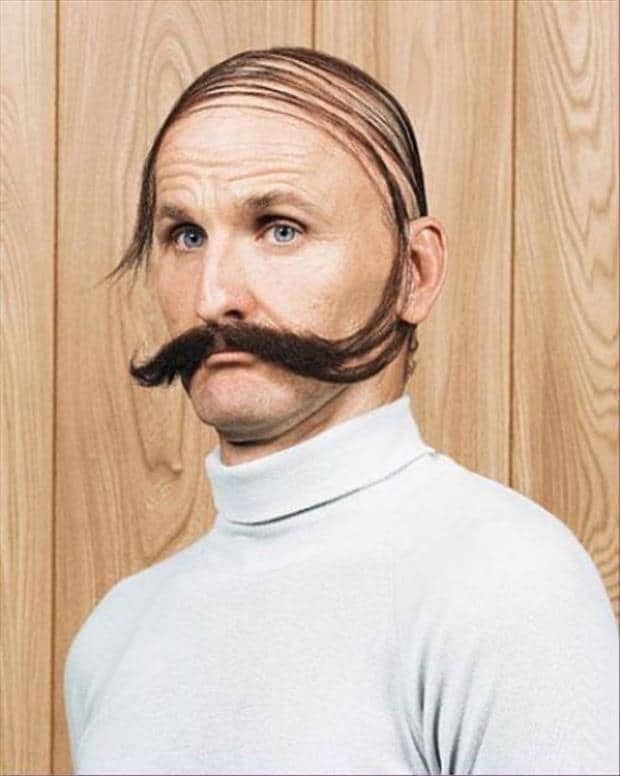
Image Credit: Bing
History of Mustaches
According to some, the word mustache comes from the French word “moustache,” which in turn comes from the Italian word “mostaccio,” which means musty or having a bad smell, though this isn’t the case anymore with modern grooming techniques. Another theory is that it’s derived from the Greek word “mastax,” meaning jaw, which is much more pleasant.
The mustache has been around for eons, but it came into particular prominence during the Middle Ages in Western Europe. Knights and noblemen often showcase their grooming techniques through their mustaches.
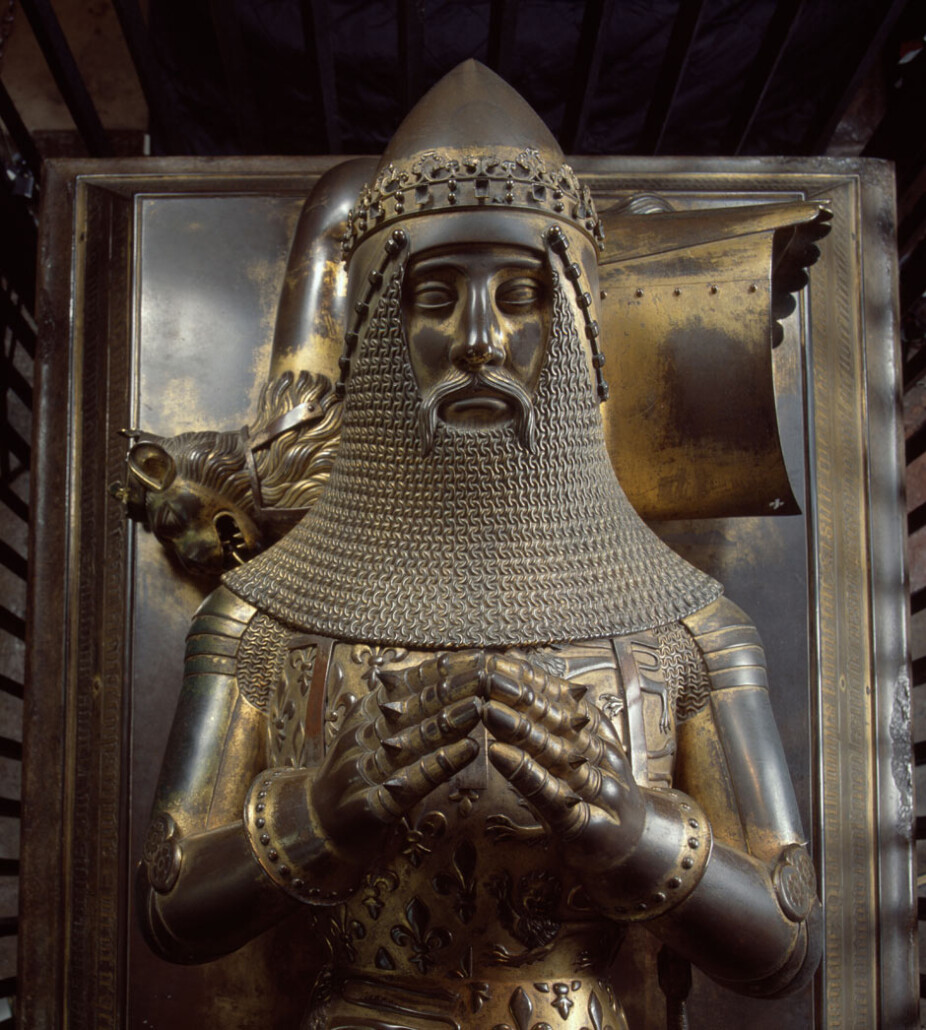
Edward of Woodstock, Prince of Wales Effigy [Image Credit: Bing]
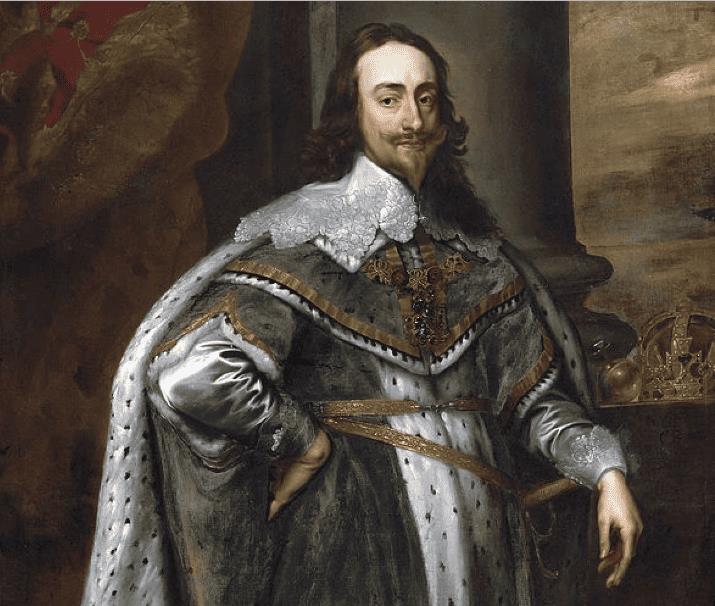
King Charles the 1st’s portrait [Image Credit: CBC]
Edward Prince of Wales even had his effigy prominently feature his mustache through his chain mail. The style further became associated with the upper class when King Charles I’s portrait went on display, featuring a prominent mustache.
Mustaches and sideburns became even more popular during the late 17th Century when Tsar Peter the Great enforced the Beard Tax, and noblemen in Russia still wanted to showcase that they had time to spend on their grooming without the higher tax burden, and the rest of Europe followed this beardless trend until it became the norm.
Beard tax
A governmental policy that requires men to pay for the privilege of wearing a beard. The most well-documented beard tax was in place in Russia during the 18th century.
In the 1800s, the mustache peaked literally and figuratively, styled to extreme proportions with equally impressive sideburns. But by the 19th Century, newspapers claimed a correlation between germs and facial hair; thus, a clean-shaven look became increasingly popular.
Mustaches lost even more prominence going into World War I, as the US military required a clean-shaven face to wear a gas mask. When soldiers returned from the war, the clean shave look became the norm, especially in North America, but mustaches were sometimes emblematic of European gentlemen. Think of the caricature of the Latin lover in old films. This also coincided with improved shaving methods, like the double-edged razor, which made a cleanly shaven look even more convenient than ever.
How to Shave with a Safety Razor – Double-Edged Razor Shaving

Double Edge Safety Razor
Neatly trimmed handlebars and pencil mustaches were popular alternatives from the 1920s through the 50s, with Hollywood actors like William Powell and David Niven being defined by their mustachio looks, though youth culture eventually frowned upon the distinguished well-maintained facial hair look, opting instead for the more shaggy sideburns of Elvis and Brando.
The mustache saw its last major push in the mainstream from the late 1960s to the mid-80s. With the counterculture in full swing, big and bold hair was in fashion and popular with men like Michael Jordan, Tom Selleck, Freddy Mercury, Eddie Murphy, Lionel Richie, and Sam Elliott. However, mustaches have remained relatively unseen since the 90s, raising the question of why.
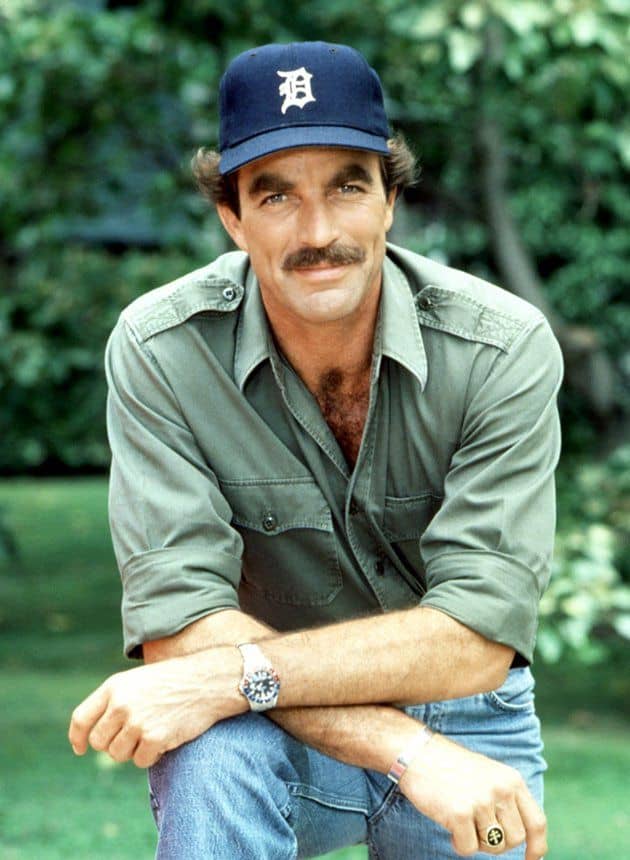
Tom Selleck [Image Credit: Pinimg]
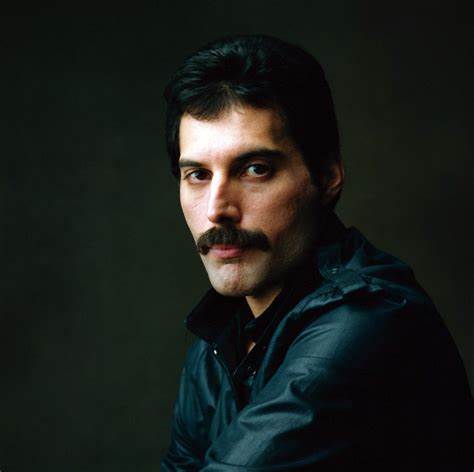
Freddie Mercury [Image Credit: Bing]
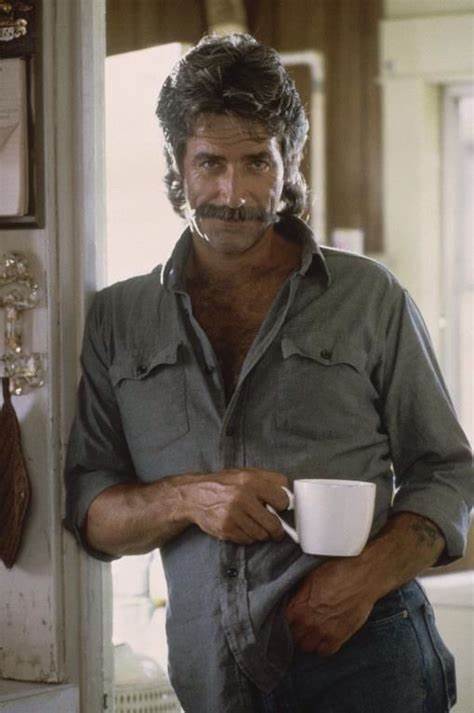
Sam Elliott [Image Credit: Bing]
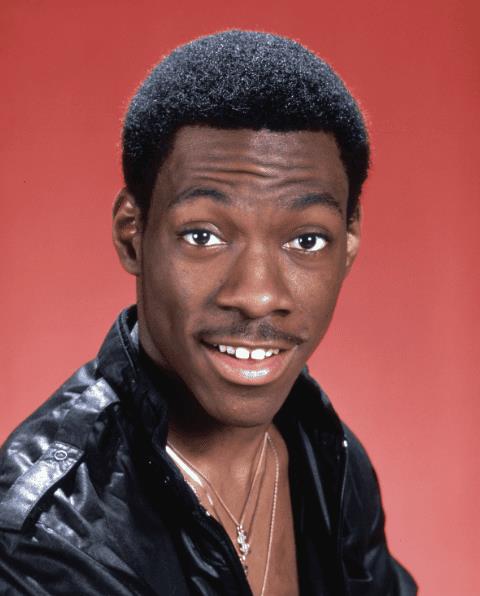
Eddie Murphy [Image Credit: Wonderwall]

Lionel Richie [Image Credit: Throwbacks]

Michael Jordan [Image Credit: BP Blogspot]
Why Mustaches Fell Out of Favor
1. Declining Popularity of Facial Hair In General
The popularity of facial hair comes in waves, with the clean, shaved look becoming the norm for a half-century now. Many opt for the more clean-cut and professional option, making mustaches more common in counter cultures instead.
While facial hair has made a comeback, mustaches haven’t necessarily, which means that we have to consider other factors, such as the fact that shaving became easier during the 20th Century. A clean-shaven image was pushed by large shaving companies through ads, creating a whole new industry of cheap blades and expensive cartridges, where men have to endlessly buy shaving products to maintain a clean-shaven appearance.
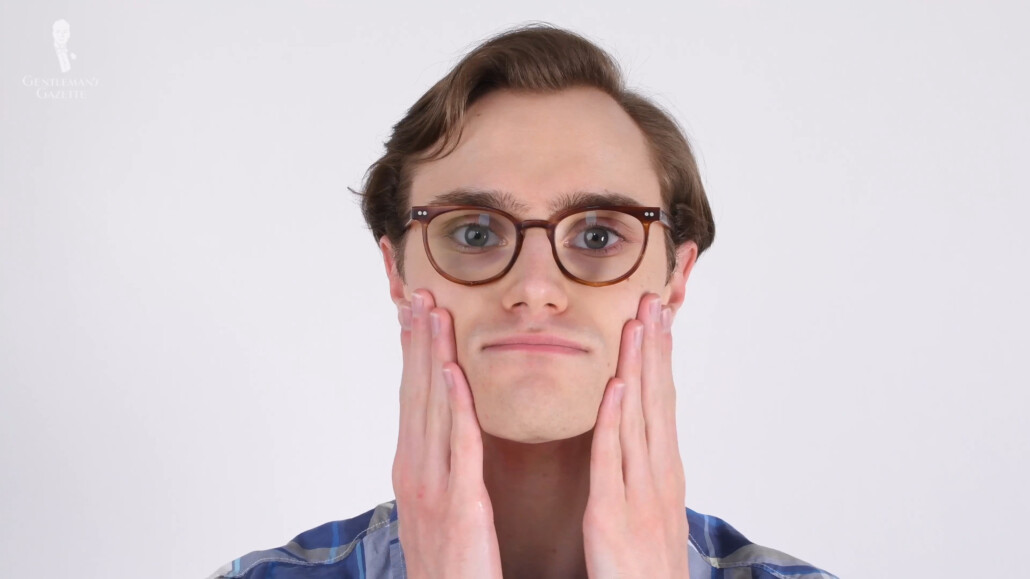
Preston’s look after shaving
2. They Were Simply a Trend that Fizzled
Mustaches used to be seen as somewhat of a status symbol partly because they showed that a man could afford to groom himself regularly. In past centuries, only the wealthy could shave in front of a mirror at all times. Plus, it’s a lot more time-consuming when using a straight razor, for obvious reasons. Now that everyone can own a mirror, it’s no longer a flex to have a well-groomed mustache, from a socioeconomic standpoint, at least.
The last time mustaches were massively popular were the 1960s and the 1970s, when hippies, beatniks, and beach bums rocked the stache. These looks were trendy and looked extremely dated and uncool to a lot of people today. These mustaches can come across as more of a fad than an actual self-expression.

Mustaches as a status symbol
3. Negative Cultural Associations
The historical stereotypes can also be a downside. Somebody may think that you look like a stuffy 19th-century nobleman or an artist like Salvador Dali. The film industry has been using mustaches to define characters for almost a century now. Charlie Chaplin used a mustache to help create the Tramp persona that he’s best known for, and mustaches are often used to depict devious characters. There’s a reason why villains twirl their mustaches.
Looking Good Doing Bad: Best-Dressed Movie & TV Villains
Unfortunately, mustaches have been used by some of history’s most brutal dictators, with Hitler and Stalin being the most infamous, possibly because they desired to convey a more masculine or authoritative image. After all, mustaches are associated with father figures.
On a lighter note, many rock stars and celebrities are recognized by their mustaches. So, somebody might accuse you of trying to look like Freddie Mercury or Tom Selleck. Mustaches in a contemporary setting are also sometimes associated with creepy men and can scare men away from trying a mustache.
Finally, mustaches are also a style of facial hair often associated with homosexuals, as bold mustaches were often around gay bars and nightclubs during the 1960s and 70s and even today. As we said many times before, though, classic style is for everyone, and none of these associations should scare you away from trying the mustache.
4. Mustaches Can be a Bold Style
Facial hairstyles like stubble and light beards are not as prominently featured on the face. However, even a tame and well-groomed mustache is very noticeable. This makes a mustache more of a character style of facial hair and not a great choice for someone who likes to blend in with a crowd. Even if they’ve been hiding under our noses this whole time, it requires confidence in order to handle the attention that a mustache might bring. However, finding the right mustache will make you naturally confident.
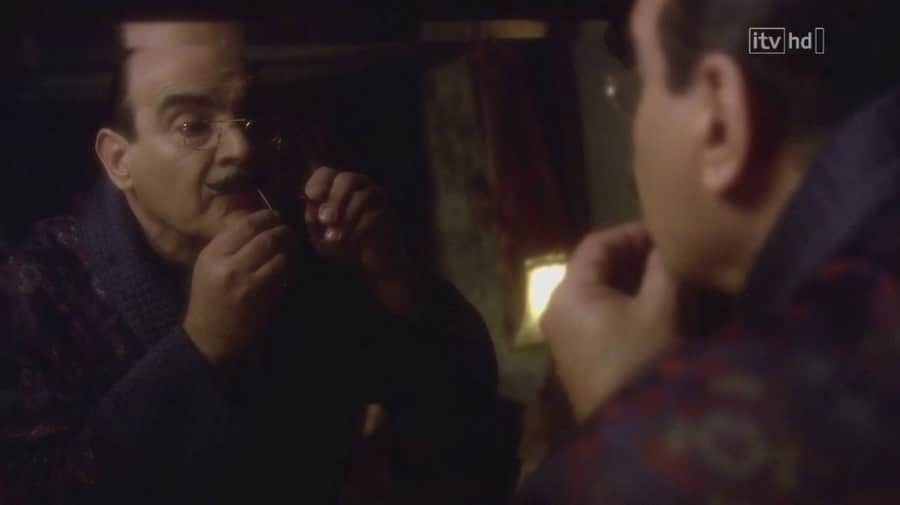
Poirot meticulously trimming his mustache. [Image Credit: ITV Studios]
5. Difficult Maintenance
Like all facial hair, mustaches can be difficult to maintain and keep neat and often require special grooming tools. We at the Gentleman’s Gazette have several videos on how to maintain your facial hair.
A mustache can interfere with activities like eating and drinking, and some romantic partners might not be the biggest fans of the scratchy feeling. Plus, many men who want to try facial hair often opt to grow a full beard, but with the right care and know-how, you’ll be able to maintain a beautiful mustache.
6. Styling Confusion
Mustaches can be styled in a variety of different styles, just like other hair. However, many people believe that mustaches only exist in two ways: the dandified thin look or the extra manly thick look. These are the two most extreme mustache styles, but most mustaches are somewhere in the middle.
Making Mustaches Work with Classic Style
It is important to note that you can wear your facial hair however you want. Vintage styles were popular, and they might fit in with your own personal style, but our suggestions are for a mustache in the middle of the road to be as timeless as possible.
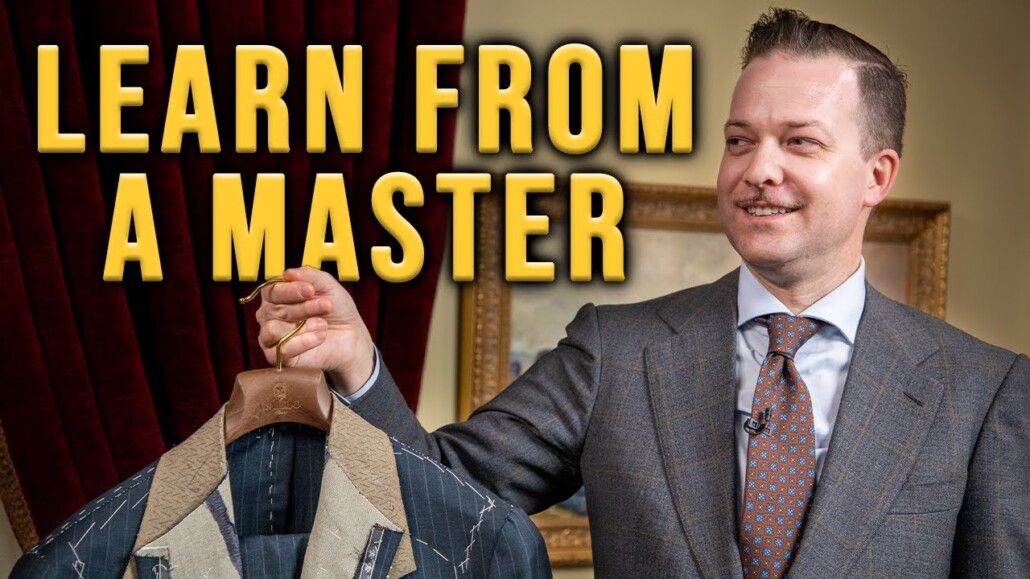
Eric Jensen [Image Credit: YTIMG]
A neat and trim appearance is going to be the most timeless style. With a more refined aesthetic, you could try a pencil or handlebar mustache. Eric Jensen, owner of Sartoria Gallo, is a good example. Keep everything closely shaved, not overgrown or structured. And then you’ll have an inoffensive take on the mustache.
Plus, pairing it with the goatee or stubble will help it blend into your face without being the center of attention. The more you grow out and curl your mustache, the more attention you will get.
If you have more of a rugged style, you could try something like the walrus or the comb mustache. They will have a little more volume, but they are considered very masculine. The more you grow the mustache past the lips, the more bold and divisive it will be. So, finding balance is key.
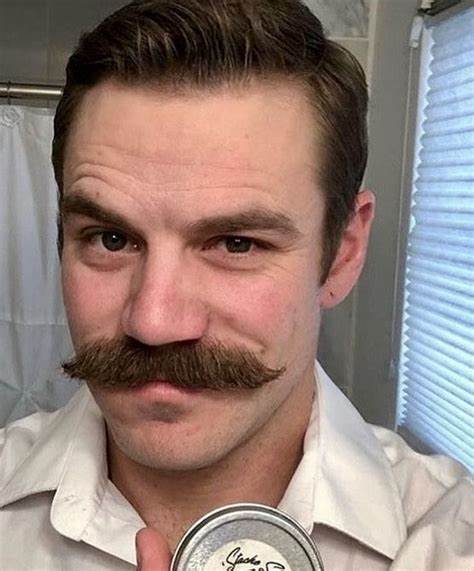
Thick Mustache [Image Credit: Bing]

Walrus Mustache [Image Credit: Bing]
Conclusion
In conclusion, as mustaches have risen and fallen in the past centuries, few styles of facial hair have so much character to them, and mustaches are a great way to stand out from the crowd.
Share in the comments if you wear a mustache and how you style yours!
Outfit Rundown
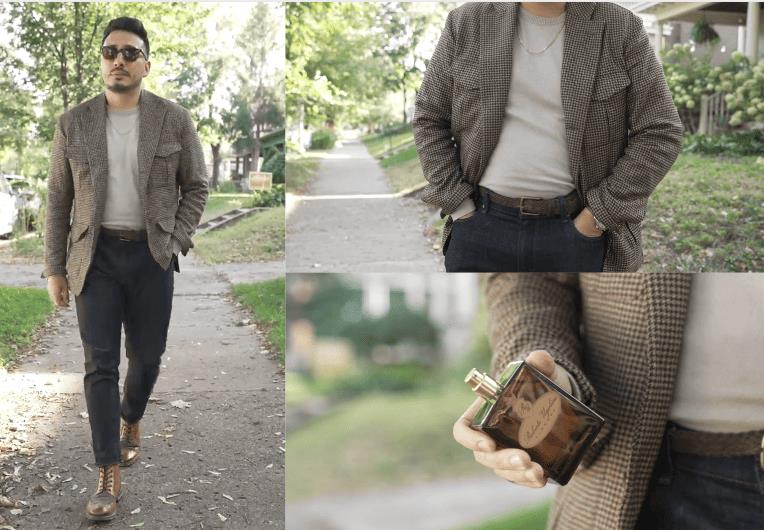
Ivan is confidently wearing a mustache that matches perfectly with his outfit.

Fort Belvedere
Roberto Ugolini – Oxford
Today, I’m wearing a safari jacket by Marling and Evans. My crew neck sweater is from a brand called Rudimentary. On the bottom, I’m wearing a pair of Mott & Bow dark wash denim, and for my feet, I’m wearing a pair of Ted Baker boots. For fragrance, I am wearing Oxford from the Roberto Ugolini collection. You can find all of the Roberto Ugolini fragrances and other accessories in our shop.
https://www.gentlemansgazette.com/why-men-stop-wearing-mustaches/
 Backyard GrillingWeekend WarriorsAdvice from DadBeard GroomingTV Shows for Guys4x4 Off-Road CarsMens FashionSports NewsAncient Archeology World NewsPrivacy PolicyTerms And Conditions
Backyard GrillingWeekend WarriorsAdvice from DadBeard GroomingTV Shows for Guys4x4 Off-Road CarsMens FashionSports NewsAncient Archeology World NewsPrivacy PolicyTerms And Conditions
